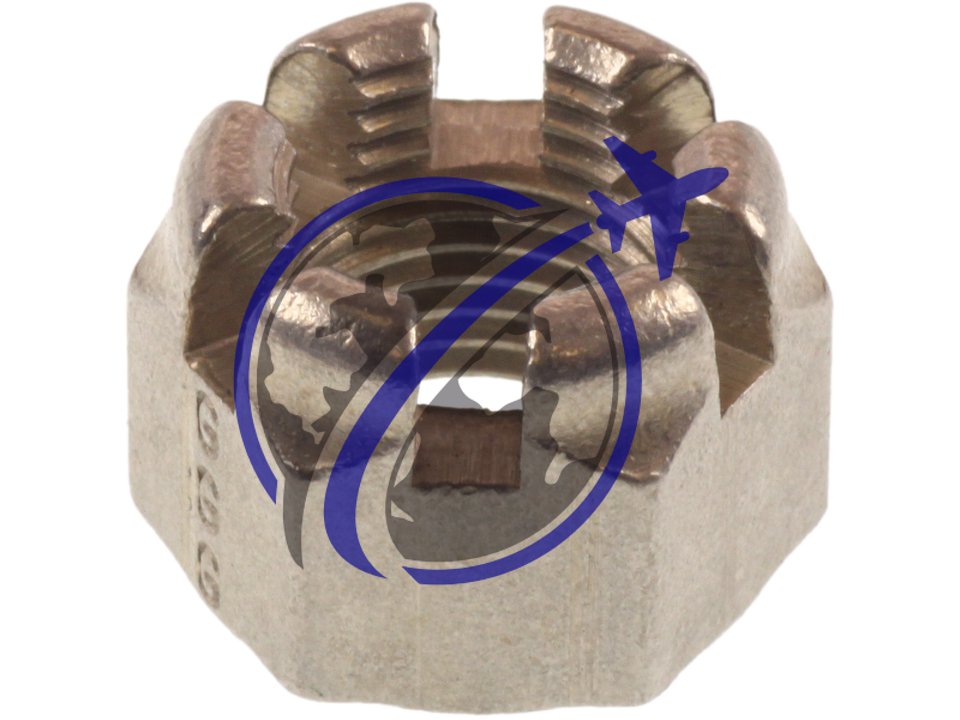Cotter pin is a fastener used for locking the nuts onto the bolts.
Cotter pin split pin castle nut.
They re also known as castle nuts and slotted nuts.
Difference between cotter pins and split pins.
You obviously need a cotter pin there to keep the nut from backing out.
A cotter pin is easy to install and remove and is commonly used to secure a wheel or machine component on an axle.
Cotter pins are made of mild steel and are used for locking nuts at the place.
Hairpin clips also called r clips are designed to slip on with no bending required.
A split pin has two long tines that are bent to hold it in place.
It is a positive locking device.
In this video one of our resident fastener specialists talks about castle nuts.
Secure these nuts by inserting a cotter pin or safety wire through the slots and a drilled hole in your bolt for mild loosening resistance.
They re not recommended for use on parts exposed to high vibration because the pin is prone to shearing under prolonged stress.
Castle nuts with securing cotter pins are primarily used on spindles with wheel bearings front wheels on a rear wheel drive car for example where the castle nut is adjusted to be only fingertight.
Castellated nuts are used in low torque applications such as holding a wheel bearing in place.
However when the nut is torqued to something like 70 or 80 ft lbs there.
Cotter pins are not included.
The nut is then secured with a split pin cotter pin r clip or safety wire.
You have to drill a small hole into the bolt to use it.
Cotter pins are commonly used in clevis pins as it has a premade hole in it.
Bob both explains and demonstrates how castle nuts are used alongside cotter.

